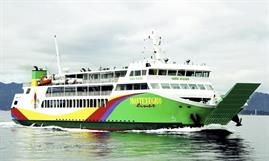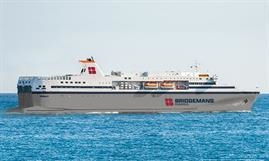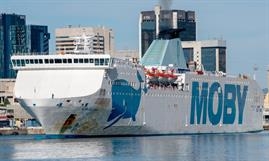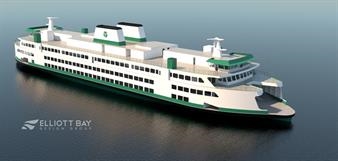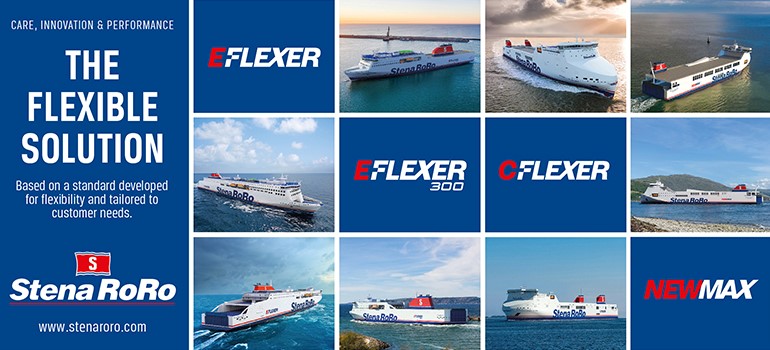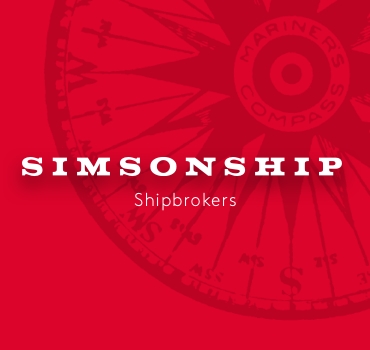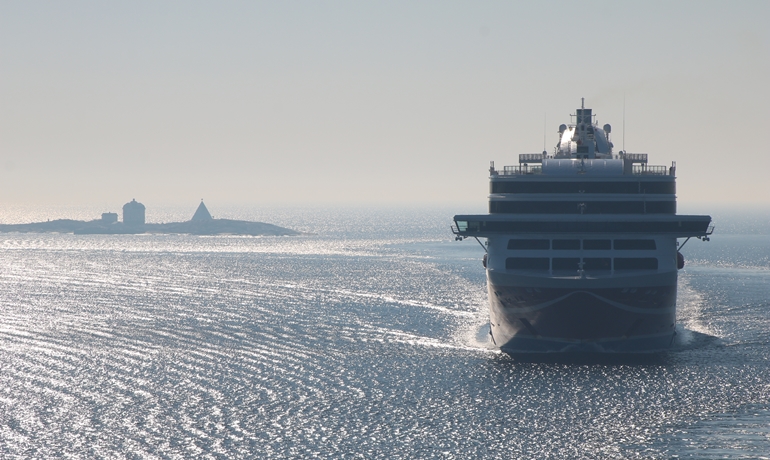
VIKING GRACE © Richard Seville
Passengers can now reduce their emissions from travel by up to 90 per cent with Viking Line
FerryViking Line has started to offer passengers on its Turku-Åland-Stockholm route the option of purchasing renewable biofuel in proportion to the amount of fuel used for their journey and thus reduce the emissions from their travel by up to 90 per cent. European biogas, produced from waste materials, is being delivered by the Nordic energy company Gasum to the vessels VIKING GLORY and VIKING GRACE.
Viking Line’s passengers on the Turku-Åland-Stockholm route can now purchase biogas in proportion to the amount of fuel used for their journey. On a cruise between Turku and Stockholm, the additional price is less than EUR 5. At that price, passengers reduce their carbon footprint by up to 90 per cent compared to a trip where liquefied natural gas (LNG) is used. The amount of liquefied biogas (LBG) purchased is based on average fuel use per passenger.
"This really is an important milestone in our more than 40-year journey towards sustainability. We are the first shipping company on the Baltic Sea to offer passengers the option of reducing their carbon footprint by replacing LNG with renewable biofuel. Many of our passengers have asked for such an option, and we are really pleased that we can now engage them even more in our work for the environment and the Baltic Sea," says Dani Lindberg, Sustainability Manager at Viking Line.
VIKING GLORY and VIKING GRACE are vessels that even in the planning phase were prepared to run on biogas and synthetic fuels produced from renewable energy. -VIKING GLORY was launched in service in 2022 and VIKING GRACE in 2013. Normally, the vessels run on liquefied natural gas.
"Our investments totalling EUR 450 million in the climate-smart VIKING GLORY and VIKING GRACE have enabled the use of liquefied natural gas, and now biogas is being introduced. Working for the environment requires vision, engagement and significant investments in new technology," notes Dani Lindberg.
In biogas production, waste streams in society – such as food and agricultural waste – are used as raw materials, which promotes a circular economy. Viking Line is issued a sustainability certificate for every biogas delivery, which specifies where and how the gas was produced. The method used to produce the gas affects the ultimate amount of emissions. In practical terms, Viking Line purchases biogas with the additional funds paid by passengers. The biogas used for fuel on board is mixed with LNG.
"The supply of biogas is still limited compared to demand. For example, all biogas produced in Finland is currently used in manufacturing. We will now work in partnership with Gasum and our environmentally-aware customers to increase the use of biogas," says Dani Lindberg.
Viking Line is currently taking part in projects that explore the possibilities of creating a carbon-neutral green corridor for the Baltic Sea. Biogas has already been tested as a fuel on VIKING GRACE.
"Through our project work and partnership for the sustainable maritime transport of the future, we have gained a great deal of knowledge and information to support our own sustainability work. Carbon-neutral maritime transport still lies in the future, but it is no longer a utopian dream. Our goal at Viking Line is to be among the first when the time comes," says Jan Hanses, President and CEO of Viking Line.
jun 23 2023
Most read
Scottish government to nationalise Ardrossan Harbour and carry out major upgrading programme to be able to dock new CalMac ferries
jan 09 2026
Indonesian ferry wrecked in the Sunda Strait
jan 08 2026


